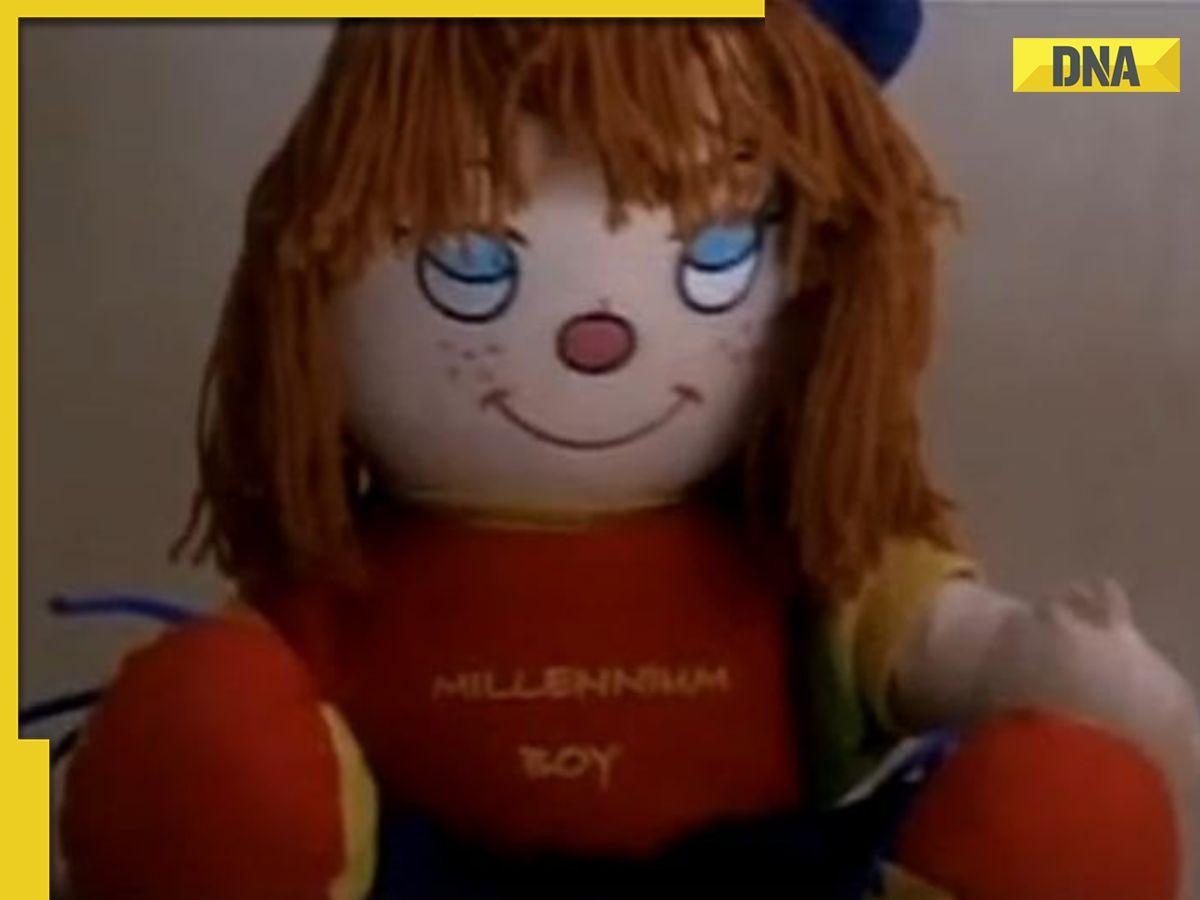
Filmgoers have long been starved for high-quality horror movies. Despite its significant potential, the horror genre remains one of the least exploited in mainstream cinema. Today, we’ll delve into an iconic horror film that changed the course of Indian cinema, breathing new life into the genre. This particular film was produced on a modest budget and went on to become one of the biggest hits of its year. With a reported budget of Rs 6 crores, it won critical acclaim and amassed an impressive Rs 21.90 crores at the global box office.
The horror film in question, which set a new benchmark in the Indian horror genre, is none other than “Bhoot” (2003), directed by Ram Gopal Varma. Varma collaborated with actors Ajay Devgn and Urmila Matondkar to create this spine-chilling flick, which was mostly shot within the confines of a single house and a building premises. “Bhoot” was Varma’s second foray into horror after “Raat,” and in many ways, it can be considered a polished rehash of his earlier work. The cast of “Bhoot” also includes luminaries such as Rekha, Nana Patekar, Fardeen Khan, and Tanuja, all of whom played significant roles.
The story centers around a couple, Vishal Bhatia (played by Ajay Devgn) and Swati Bhatia (played by Urmila Matondkar), who move into a new home. As the narrative unfolds, Swati becomes possessed by the spirit of a girl who once lived in that very house. Noteworthy is that the film features no songs, although the soundtrack does include seven tracks. One song, “Ghor Andhere,” is played over the credits, while the popular “Bhoot Hoon Main” serves as a promotional piece.
Interestingly, several prominent actors were initially approached for the lead roles in “Bhoot.” Reportedly, Varma discussed the project with Manoj Bajpayee, who showed interest but, due to a fallout, ultimately opted out.
. Abhishek Bachchan was also considered for a leading role but had to decline because the schedule clashed with “LOC Kargil,” another film he was committed to. Finally, the roles were offered to Ajay Devgn, who agreed to take part in what would become an iconic feature in Indian horror.
The release of “Bhoot” was met with both critical and commercial success. Its impact was so significant that it spawned multiple remakes. The film was dubbed in Telugu as “12 Va Anthasthu” and was remade into a Tamil version called “Shock.” Beyond just commercial success, “Bhoot” is credited with bringing the horror genre to the forefront of mainstream Indian cinema. Urmila Matondkar’s performance as the possessed wife received wide acclaim, winning her the Filmfare Award for Best Actress (Critics), the Star Screen Award, and the Zee Cine Award for Best Actress.
Despite the milestone set by “Bhoot” in 2003, attempts to recreate its success were not equally fruitful. Nine years later, Ram Gopal Varma released a spiritual successor, “Bhoot Returns” (2012). Contrary to the success of its predecessor, “Bhoot Returns” was met with negative reviews and was a commercial failure, highlighting the unique circumstances and execution that made the original “Bhoot” a landmark film.
This demonstrates the volatile nature of horror films even within the emerging market segment that “Bhoot” successfully tapped into. Directors and production houses often find it challenging to replicate the magic of a first-time hit, particularly in a genre that requires a delicate balance of suspense, narrative coherence, and innovative presentation.
Ram Gopal Varma’s “Bhoot” thus remains a seminal work that changed the perception and trajectory of horror films in Indian cinema. Its impact continues to be studied and appreciated by filmmakers and audiences alike, serving as a testament to the potential that lies within the untapped areas of genre filmmaking. For enthusiasts and budding filmmakers, “Bhoot” exemplifies the incredible outcomes possible when innovation meets conviction in storytelling.












